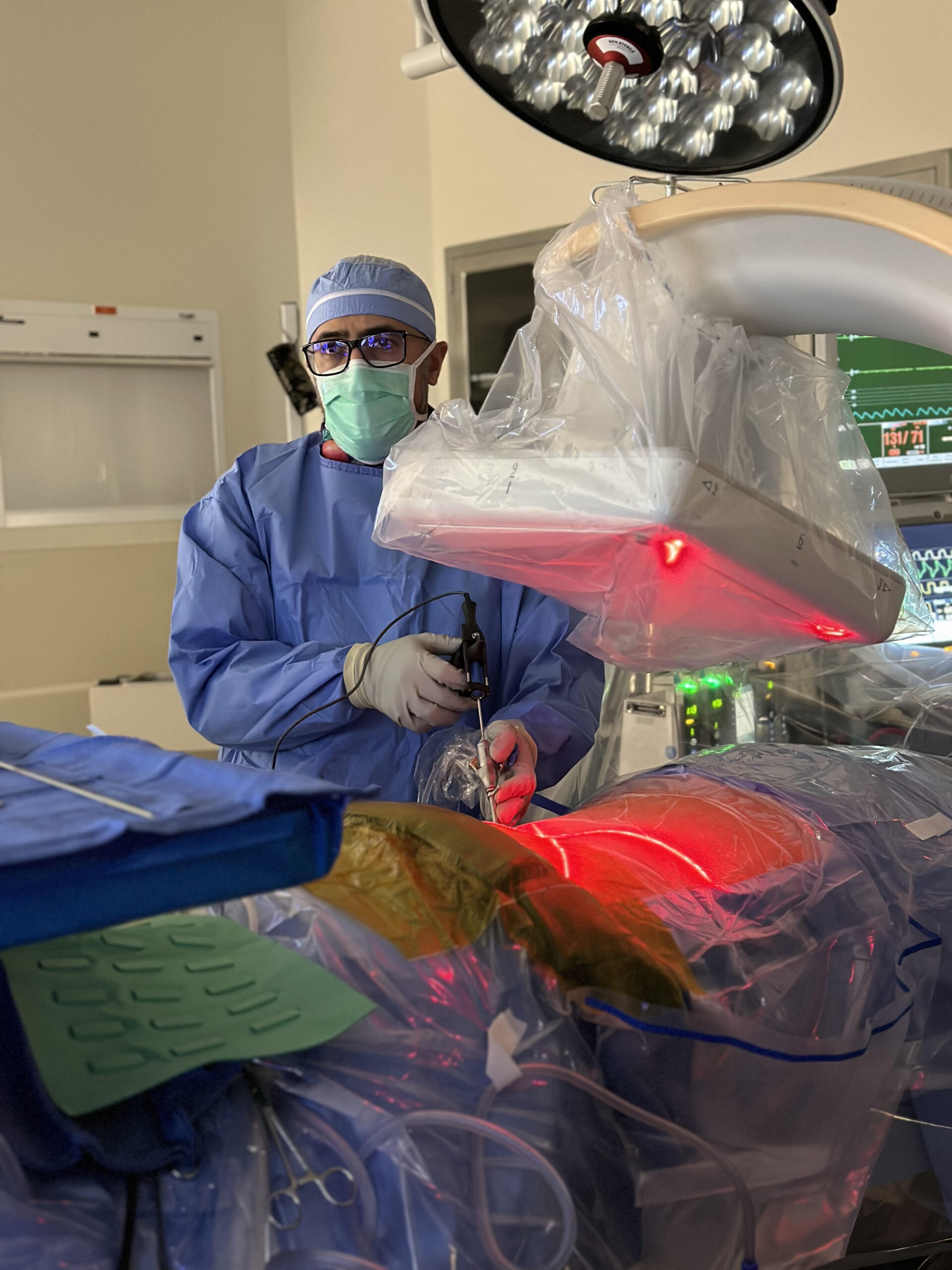The practice of medicine has experienced profound change throughout the course of its history, primarily because of the development of techniques for doing minimally invasive surgery. This new method has completely changed the way surgical procedures are performed and dramatically improved the results for patients. Compared to the more common surgery options, minimally invasive surgery or MIS has several benefits that have won over both patients and doctors.
In light of the above, the purpose of this blog post is to delve into the concept of minimally invasive surgery, its advantages, and the astounding successes that have made it a game-changer in modern medicine. Let’s get right into it.
What Is Minimally Invasive Surgery?
The cutting-edge medical technique known as minimally invasive surgery, commonly referred to as laparoscopic surgery, strives to reduce the invasiveness and stress of conventional open surgery. Instead of using bigger or more severe incisions, MIS performs complicated treatments using tiny incisions, specialized tools, and cutting-edge imaging technologies.
With the use of this method, internal organs and structures may be precisely accessed by surgeons with the least possible harm to the surrounding tissues which results in shorter recovery times for patients.
Minimally Invasive Surgery Benefits
There are many benefits to minimally invasive surgery in comparison to traditional approaches such as:
Quicker Healing and Shorter Clinic Stays
The quicker recovery after MIS than from conventional surgery options is one of its most important benefits. Patients enjoy shorter hospital or clinic stays, less discomfort, and less need for painkillers because of smaller incisions and less bodily stress. A faster healing process and a lower risk of complications are also promoted by the little damage to the surrounding tissues.
Less Scarring and Better Cosmetic Results
Since MIS uses smaller incisions than open surgery, the resulting scars are less noticeable and shorter, improving the aesthetic results. Surgery on the face, neck, or other visible parts of the body is greatly benefited by this feature. Patients may benefit from the cosmetic features of MIS, feeling less self-conscious and more confident while recovering.
Lessening of the Chance of Infection and Complications
Postoperative infections are greatly decreased by the MIS’s use of smaller incisions. Additionally, the less internal organs that are exposed during surgery, the lower the chance of problems including bleeding and harm to nearby tissues. For that reason, patients who undergo MIS have a reduced incidence of surgical site infections, wound problems, and associated side effects.
Minimally Invasive Surgery Types
Two of the most commonly used surgeries with the minimally invasive approach include:
Laparoscopy: A laparoscope is a small, flexible tube with a camera and light source that is used to see the surgical site. This method is often used during abdominal operations such gastric bypass surgery, appendectomy, and gallbladder removal.
Endoscopy: Endoscopy is a minimally invasive procedure that is used to diagnose and treat disorders that impact the respiratory, digestive, and other internal organ systems. To see and access the damaged region, an endoscope—a flexible tube containing a light and camera—is used. Colonoscopy, bronchoscopy, and upper gastrointestinal endoscopy are examples of endoscopic procedures.
Who is a Candidate for Minimally Invasive Surgery?
Candidates for minimally invasive surgery are those who satisfy specified requirements. This includes having a medical condition that may be efficiently treated with minimally invasive procedures, such as gallbladder disease or some forms of cancer. For example, if you have gallbladder disease, you can have minimally invasive surgery to remove your gallbladder.
In addition to this, the general health of the patient is evaluated to determine whether or not they are a good candidate for MIS. When determining whether or not a person is a good candidate for a treatment, several aspects of their health, including their age, medical history, and the presence of any underlying disorders, are taken into consideration.
Summary: What is Minimally Invasive Surgery and is It Worth It Over Traditional Methods?
In a nutshell, minimally invasive surgery has made significant contributions to the advancement of contemporary medicine by providing various advantages over more conventional approaches. When compared to traditional open surgery, laparoscopic procedures result in a shorter recovery time for patients, superior aesthetic results, and less hazards. The area of minimally invasive surgery continues to push the limits of surgical capabilities as technology progresses, which is driving the profession to new heights. The minimally invasive method has a number of benefits that, taken together, make it a very helpful and worthwhile option for patients.
Speak to One of Our Experts
If you have any questions about minimally invasive surgery or would like to meet with one of our experts in person to discuss some concerns, please give us a call or fill out a contact form with your information!


